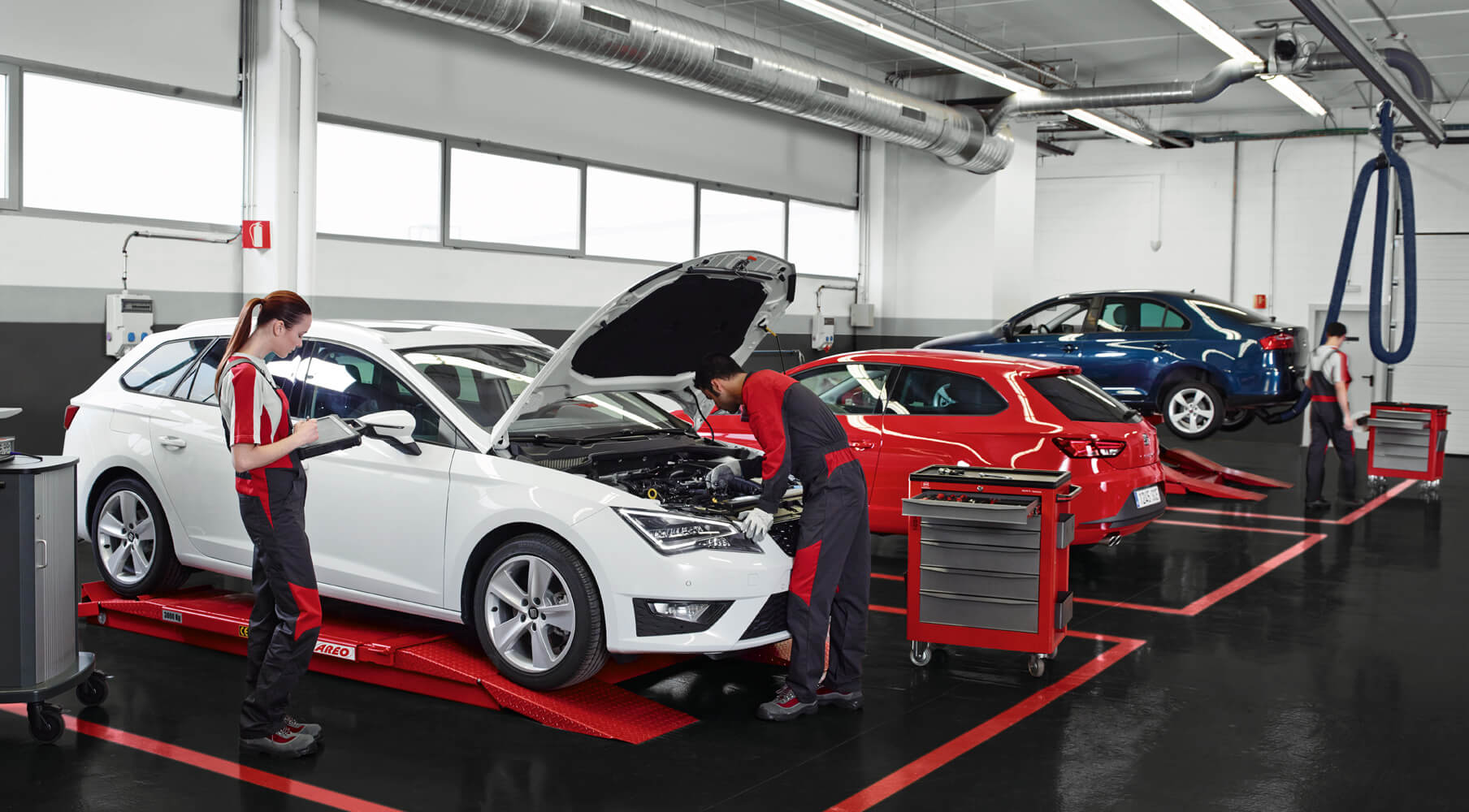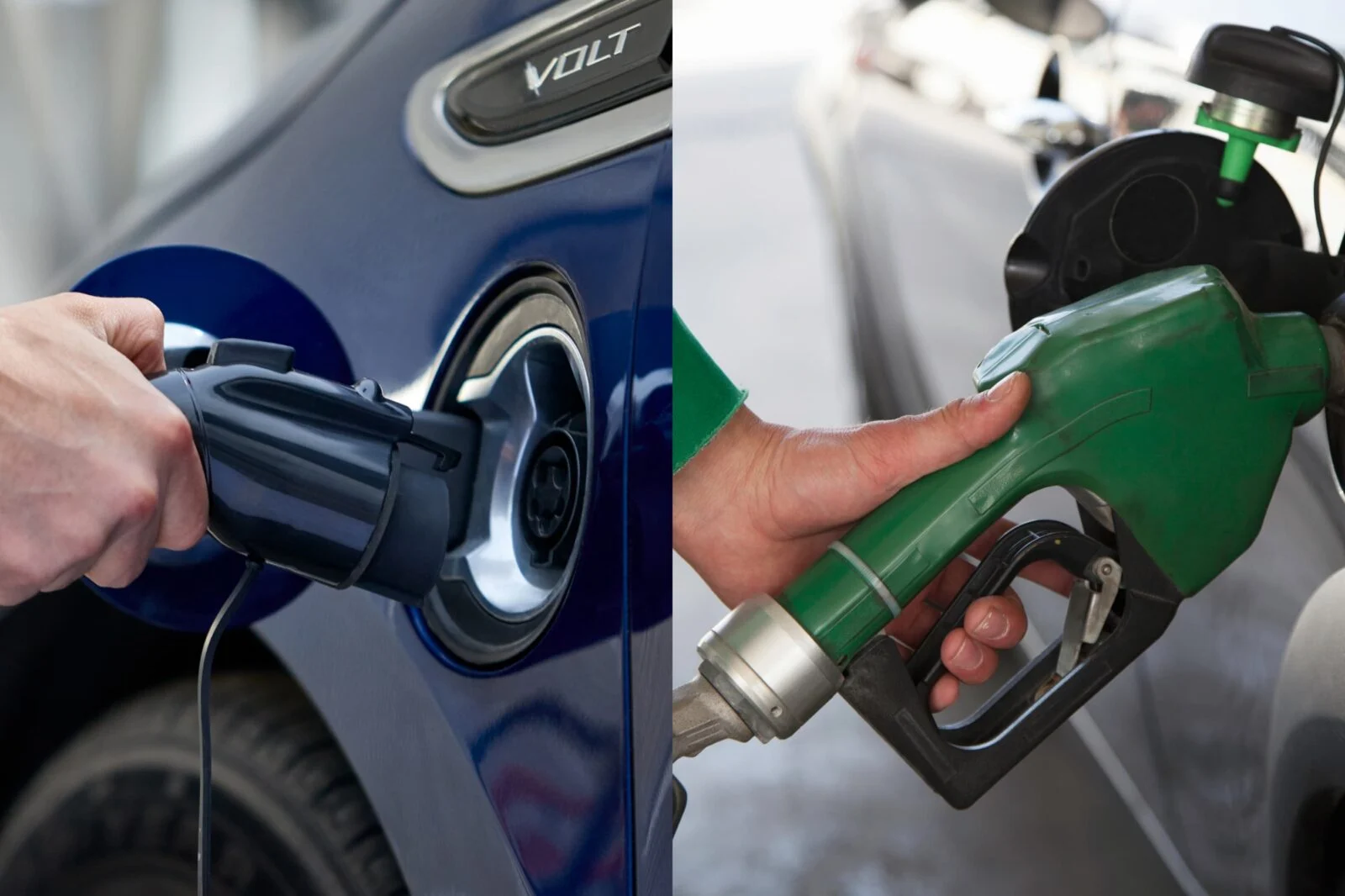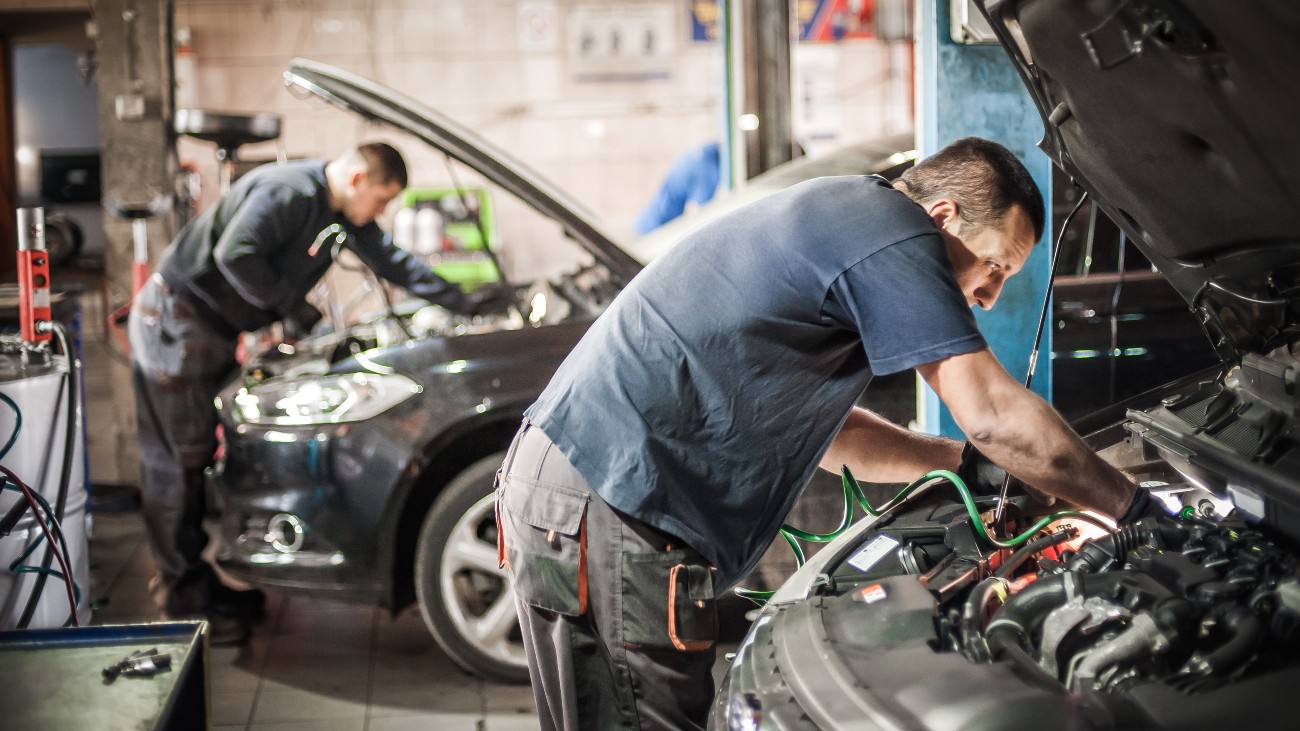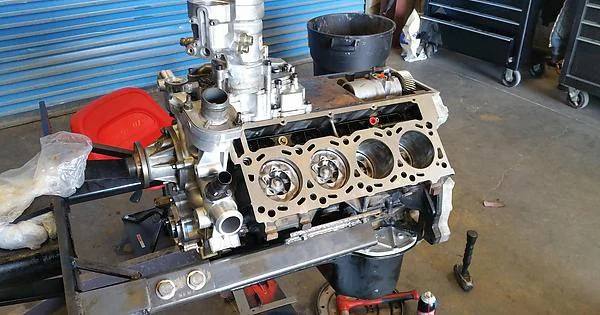How to Choose the Perfect Workshop for Your Car
Uncategorized / Leave a Comment / By Shiv Kumar / 28/01/2024 / 3 minutes of reading
Your car is your loyal steed, conquering daily commutes and weekend adventures. But even the most reliable engines occasionally sputter, requiring skilled mechanics to diagnose and fix the hiccups. With countless workshops lining the streets, picking the right one can feel like navigating a Formula One race – full of twists, turns, and potential pit stops. Fear not, drivers! This guide equips you with the knowledge to select the perfect workshop, ensuring your car receives top-notch care and you maintain smooth sailing on the road.
Reputation Reigns Supreme:
Before diving into specific brands or locations, prioritize online reviews and testimonials. Google Maps, automotive forums, and social media platforms are treasure troves of real-world experiences. Look for mentions of professionalism, quality work, transparent communication, and fair pricing. Remember, positive endorsements carry more weight than fancy websites or slick marketing.
Specialization Matters:
Not all workshops are created equal. Some excel in specific areas, like engine repairs, collision work, or electrical wizardry. If you have a specific issue in mind, seek out workshops known for their expertise in that area. Imagine trying to get a tire change at a race car tune-up shop – it’s not ideal! So, target your search to find specialists aligned with your car’s needs.
Location, Location, Location:
Convenience plays a crucial role. While a top-rated workshop across town might be tempting, consider the time and hassle of frequent trips. Aim for a reputable workshop within a reasonable distance, ideally one accessible by public transport or with a shuttle service. Remember, convenience can save you valuable time and stress in the long run.
Price Transparency is Key:
Don’t let hidden fees and surprise bills leave you in the dust. Choose workshops that offer clear estimates upfront, outlining the cost of labor, parts, and any potential contingencies. Be wary of suspiciously low quotes – quality repairs come at a fair price. Remember, transparency fosters trust and avoids unpleasant surprises at the finish line.
Communication is a Two-Way Street:
Effective communication is vital in any relationship, and your car service is no exception. Look for workshops that encourage open communication, explaining issues in clear terms and answering your questions patiently. Bonus points for workshops that provide regular updates on progress and keep you informed throughout the repair process.
Warranties Offer Peace of Mind:
Confidence in the work performed is priceless. Choose workshops that offer warranties on their repairs, giving you peace of mind knowing your investment is protected. Look for comprehensive warranties that cover both parts and labor for a reasonable period. Remember, a good warranty demonstrates a commitment to quality and customer satisfaction.
Go Beyond the Checklist:
While reviews, specialization, and warranties are crucial, trust your gut instinct too. Pay attention to the workshop’s overall atmosphere. Does it feel clean, organized, and professional? Do the mechanics appear knowledgeable and friendly? A positive first impression can indicate a strong work ethic and commitment to customer care.
Remember, selecting the right workshop is an investment in your car’s health, your safety, and your peace of mind. By utilizing these tips and prioritizing your needs, you’ll be zooming past confusion and smoothly into an automotive partnership built on trust, expertise, and top-notch care. So, buckle up, drivers, and hit the road to finding the perfect pit crew for your beloved car!
 NZD
NZD

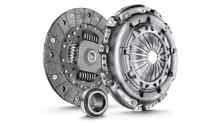
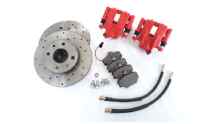
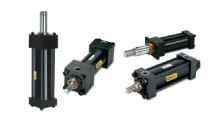
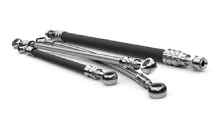
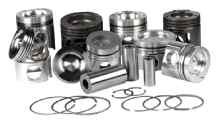
.jpg)
.jpg)
.jpg)
.jpg)

.jpg)
.jpg)





